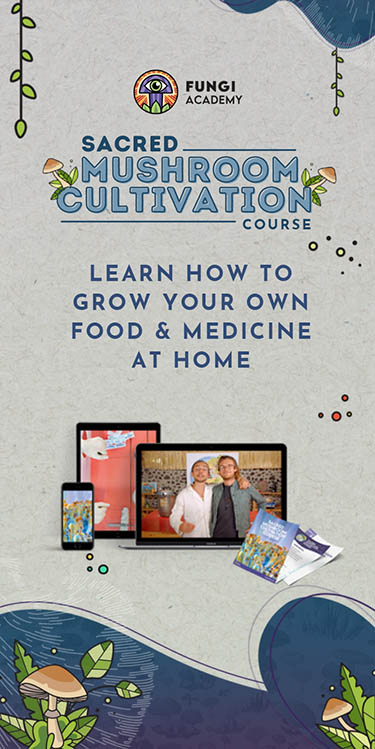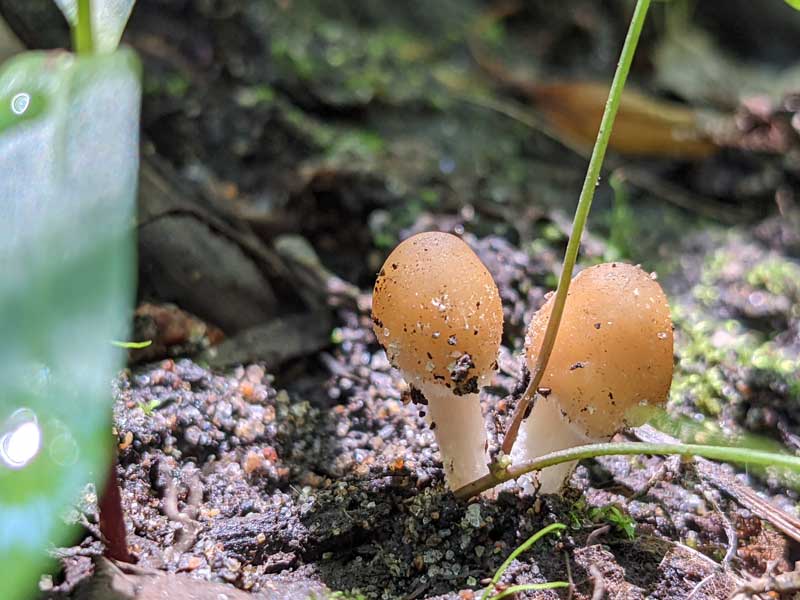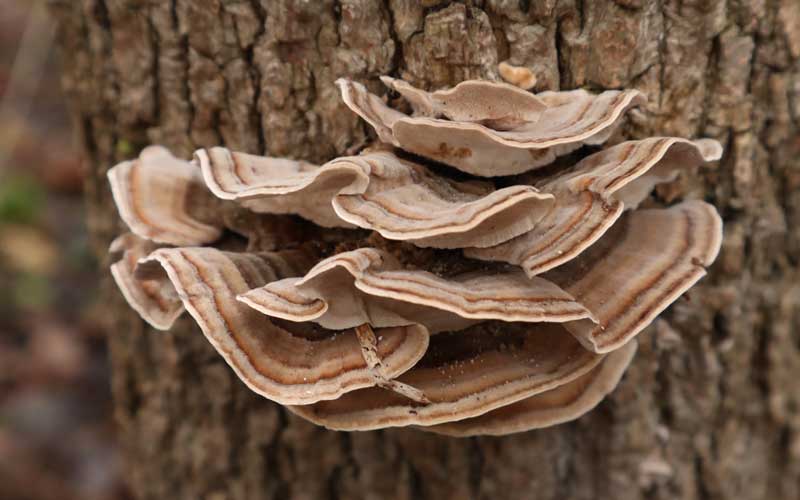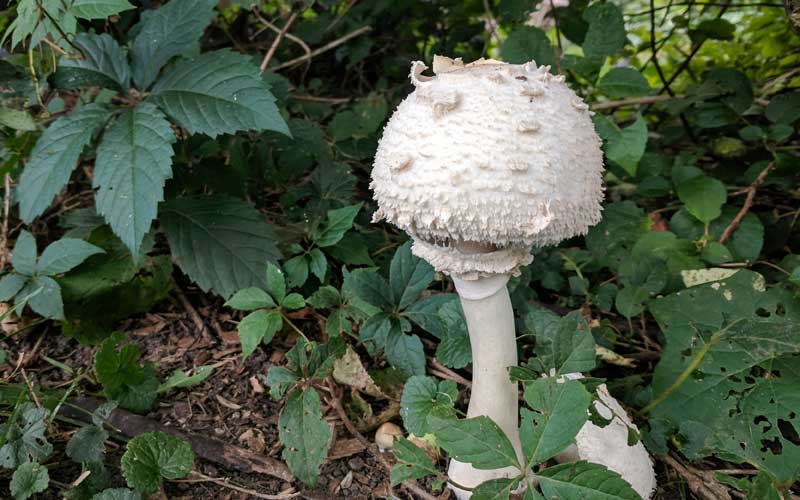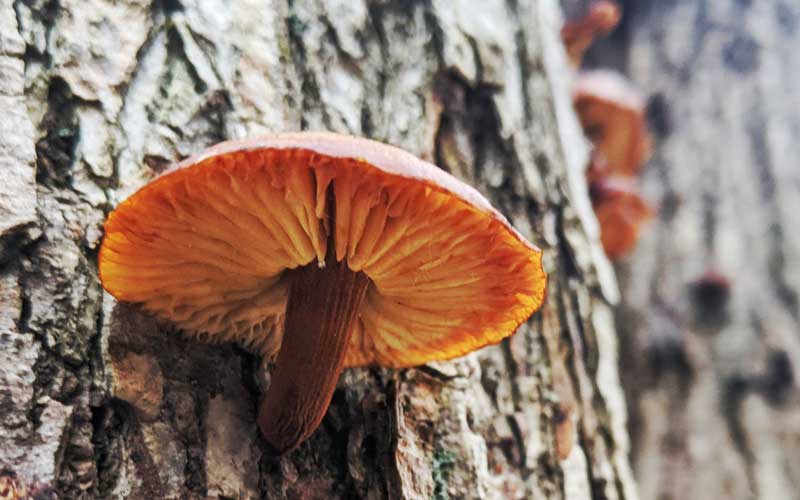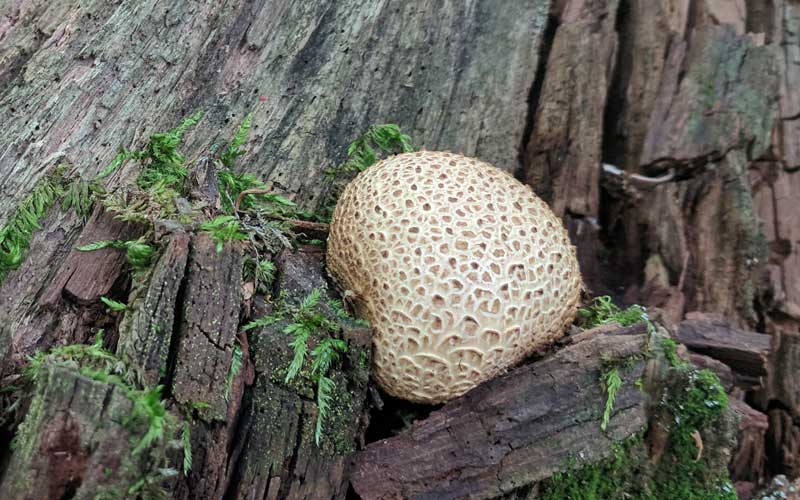- Home
- Mushroom Resources
- Got Questions?
- Do mushrooms feature in world mythologies?
Do mushrooms feature in world mythologies?
by Jared
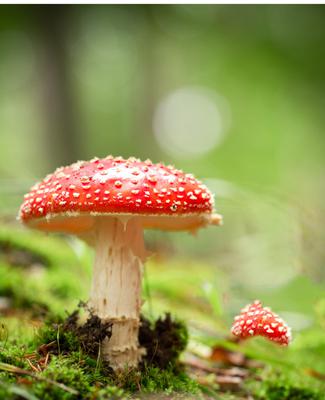
Fly Agaric Mushroom
QUESTION:
Hey there, my name is Jared and I'm in Grade 7. We're doing this project about the importance of food in different mythologies around the world, and I'm really interested in learning about mushrooms! I was wondering if there are any myths that feature mushrooms, and if so, are there any types of mushrooms that show up more than others?
I hope you can help!
ANSWER:
Jared, hi
Yes, and yes!
You’ve probably seen pictures of the Fly Agaric (Amanita muscaria) mushroom. It’s a highly recognizable species known for its bright red cap and white spots. I’ll add a photo above.
The Fly Agaric is widely distributed throughout the Northern Hemisphere and has been used for medicinal and ceremonial purposes for centuries. The mushroom has a long history of association with human culture and mythology, and has been the subject of many legends and beliefs.
In Siberia, where the Fly Agaric mushroom is really common, it has been used for its psychoactive properties for thousands of years. The local indigenous people, the Evenki and the Koryak, believed that the mushroom was a gift from the gods and had the power to transport them to the spirit world. They would consume the mushroom during shamanic rituals to induce vivid visions and to communicate with the spirits.
The Fly Agaric mushroom also features prominently in the mythology of other cultures, including in northern Europe, where it has been associated with Christmas traditions. In some parts of Scandinavia, the mushroom is known as "Julmust" or "Yule mushroom," and is thought to have been the inspiration for the red and white colors of Santa Claus. In ancient times, it was believed that the mushroom represented the fruiting body of the World Tree, which connected the earth and the heavens.
In Native American cultures, the Fly Agaric mushroom was believed to have been created by the thunder god and was associated with lightning strikes. It was thought to have powerful hallucinogenic properties and was used in spiritual ceremonies to induce visions and to communicate with the gods. The mushroom was also believed to have the power to heal and was used in traditional medicine to treat various ailments.
In modern times, the Fly Agaric mushroom has become a popular symbol of psychedelic culture and has been associated with counterculture movements. Its distinctive appearance and psychoactive properties have made it a subject of fascination for many people, and it continues to be used recreationally and for spiritual purposes.
From its use in shamanic rituals in Siberia to its association with Christmas traditions in northern Europe, the mushroom has played an important role in the beliefs and practices of many cultures throughout history.
Its powerful psychoactive properties and distinctive appearance have made it a subject of fascination and reverence, and it continues to be used for both recreational and spiritual purposes today.
I hope you can use some of this information on your project.
Nick




